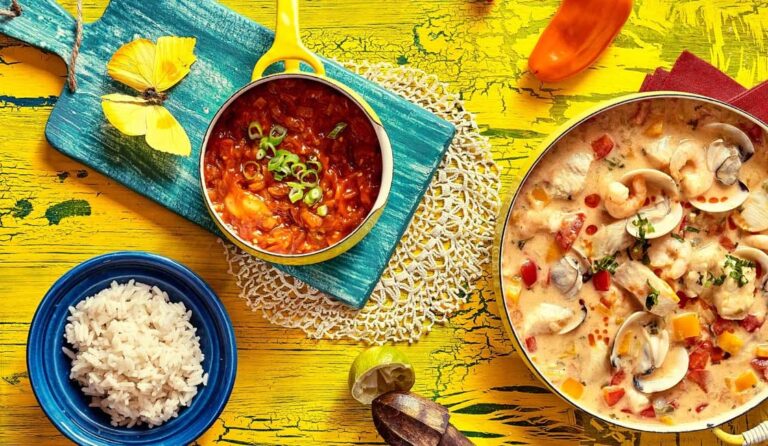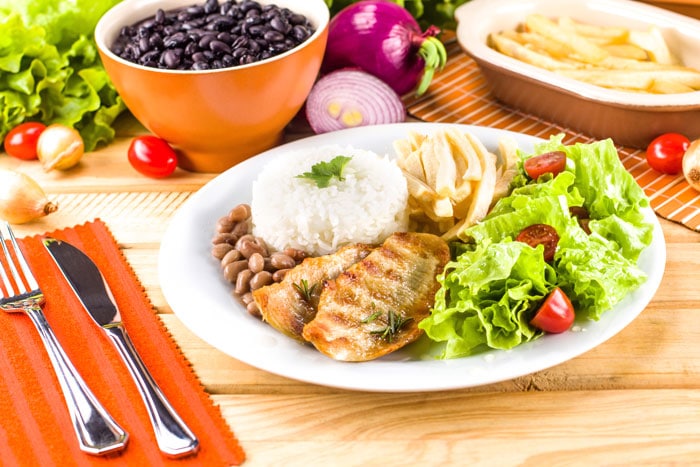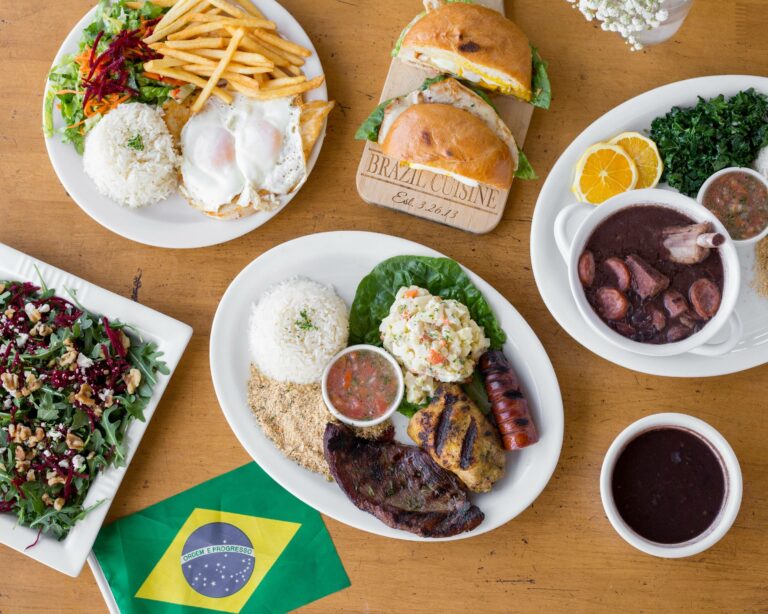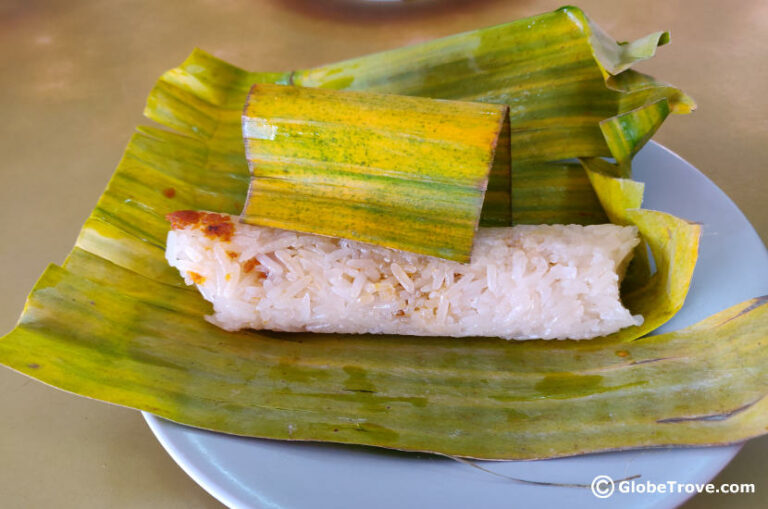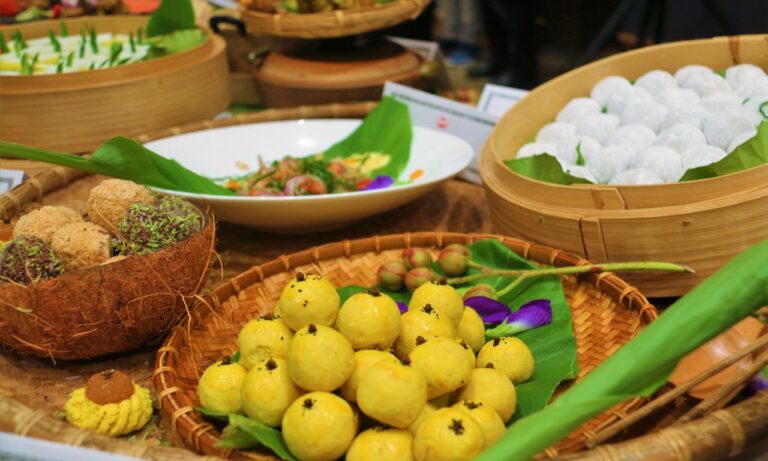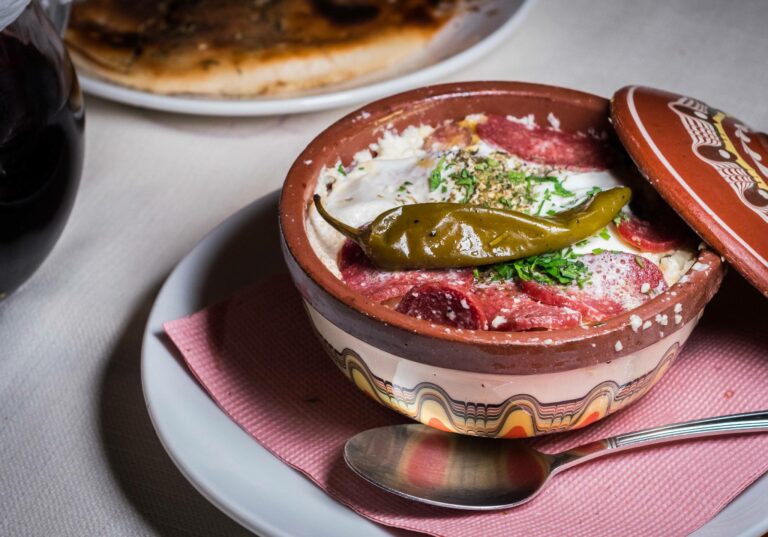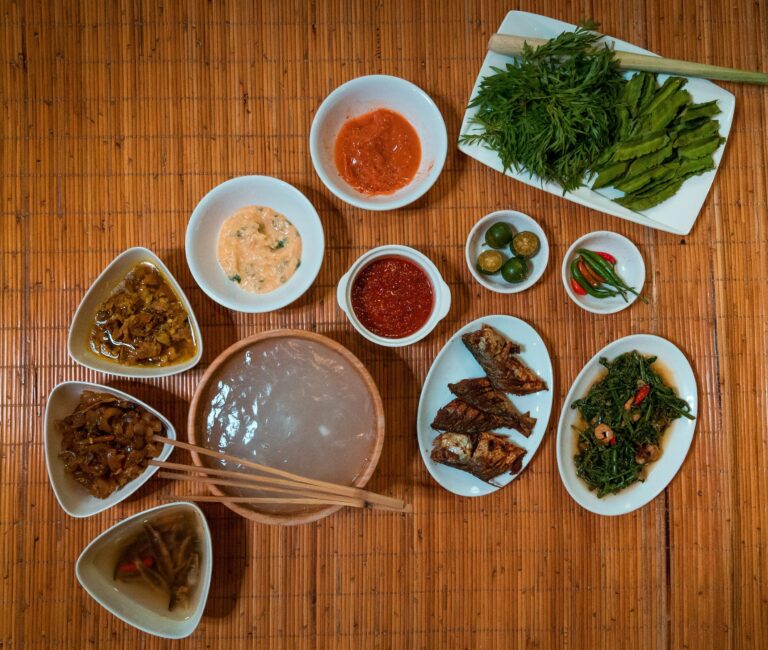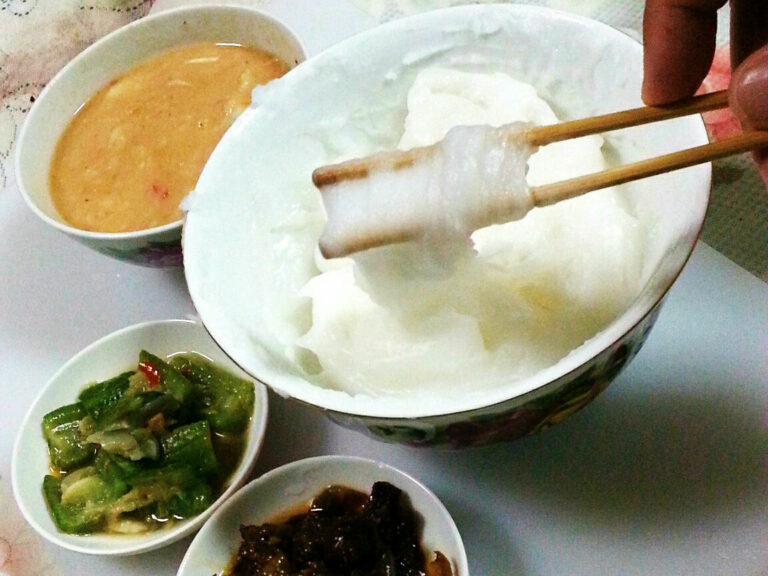Introduction: Brazilian cuisine overview
Brazilian cuisine is a mix of indigenous, European, and African influences that have created a unique and diverse culinary culture. The cuisine is known for its use of bold flavors, exotic ingredients, and vibrant colors. Many people associate Brazilian cuisine with grilling meat, but it has much more to offer.
Brazilian cuisine has a lot of vegetarian options, fresh seafood dishes, hearty stews, and street food. While it may not be as well-known as some other South American cuisines, such as Mexican or Peruvian, Brazilian cuisine has been gaining popularity in recent years.
Spices in Brazilian cuisine: a brief history
Spices have been an integral part of Brazilian cuisine since its early days. When the Portuguese colonized Brazil in the 16th century, they brought with them a variety of spices from their Asian colonies. These spices, such as cinnamon, cloves, and nutmeg, were used to flavor the food and mask the strong taste of preserved meat.
The African slaves who were brought to Brazil also had a significant influence on the cuisine. They introduced ingredients such as palm oil, okra, and peanuts, which are still commonly used in Brazilian dishes today. Indigenous ingredients like cassava, corn, and tropical fruits also play a vital role in Brazilian cuisine.
Regional differences in spiciness levels
One of the most interesting things about Brazilian cuisine is the regional differences in spiciness levels. In the north, where the cuisine is heavily influenced by indigenous and African flavors, dishes tend to be spicier. In the south, where European immigrants had a more significant impact, the cuisine is milder.
For example, the famous dish “moqueca” is traditionally made with fish, tomatoes, onions, and peppers. In the north, this dish is often made with “malagueta” peppers, which are very spicy. In the south, it is more common to use “dedo-de-moça” peppers, which are milder.
Commonly used spices in Brazilian dishes
Some of the most commonly used spices in Brazilian cuisine include garlic, cumin, coriander, and paprika. Bay leaves, oregano, and thyme are also used to add flavor to stews and soups. In addition, Brazilian cuisine is known for its use of “temperos,” which are blends of herbs and spices used to season meat, fish, and vegetables.
One of the most popular “temperos” in Brazil is “cominho,” which is a blend of cumin, coriander, and other spices. Another famous seasoning is “chimichurri,” which is made with parsley, garlic, red pepper flakes, and vinegar.
Exploring the popular dish “feijoada”
Feijoada is perhaps the most famous dish in Brazilian cuisine. It is a hearty stew made with black beans, various cuts of pork, beef, and sausage. The dish is typically served with rice, collard greens, and “farofa,” which is a toasted cassava flour.
Feijoada is not traditionally spicy, but some versions may include “pimenta malagueta” or other hot peppers. The dish is often served on Saturdays, and it is a favorite among Brazilians for family gatherings and special occasions.
Other famous Brazilian dishes: heat level analysis
Some other famous Brazilian dishes and their heat level include:
- Coxinha: a deep-fried dough filled with shredded chicken and cream cheese. Mild.
- Acarajé: a fried bean cake stuffed with spicy shrimp filling. Spicy.
- Pão de queijo: a cheese bread made with tapioca flour. Mild.
- Brigadeiro: a chocolate truffle rolled in chocolate sprinkles. Not spicy at all.
Adjusting spice levels to personal taste
If you are not a fan of spicy food, do not worry. Most Brazilian dishes can be adjusted to fit your personal taste. When cooking at home, you can reduce or omit the hot peppers and use milder spices instead.
In restaurants, you can always ask the waiter to make the dish less spicy. They are used to accommodating customers’ requests, so do not hesitate to ask.
Conclusion: summing up Brazilian cuisine’s spiciness
Brazilian cuisine is not inherently spicy, but it does make use of a variety of herbs and spices to add flavor and depth to dishes. The level of spiciness varies depending on the region and the dish. Whether you are a fan of spicy food or not, there are plenty of delicious Brazilian dishes to try. So, explore the cuisine, taste the flavors, and enjoy the ride!

